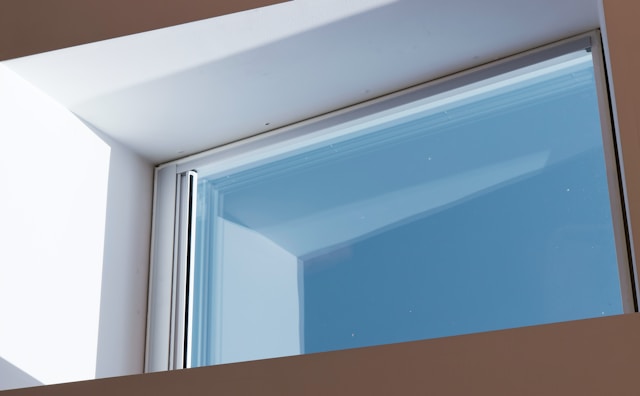Energy-Saving Windows: How They Work & Why They Matter

Energy-efficient windows are a game-changer when it comes to reducing energy consumption, lowering utility bills, and enhancing home comfort. According to the U.S. Department of Energy, heat gain and loss through windows account for 25%–30% of residential heating and cooling energy use. By upgrading to high-performance windows, homeowners can significantly cut energy costs while improving their home’s insulation and comfort.
How Energy-Efficient Windows Work
Multiple Panes of Glass
Double or triple-pane windows feature an insulating air or gas-filled space between the panes, reducing heat transfer. This barrier helps keep heat inside during winter and prevents it from entering in the summer, improving energy efficiency year-round.
Low-E (Low-Emissivity) Glass
Low-E coatings reflect infrared and ultraviolet light, helping to regulate indoor temperatures. This invisible layer prevents excessive heat gain from the sun while still allowing natural light to pass through, reducing the strain on heating and cooling systems.
Frame Materials Matter
The material of a window frame plays a crucial role in insulation:
- Vinyl & Fiberglass – Excellent insulators that reduce heat transfer and require minimal maintenance.
- Wood – Naturally insulating but requires more upkeep.
- Aluminum & Steel – Strong and durable but conduct heat more readily, making them less energy-efficient.
Argon or Krypton Gas Fills
Many energy-efficient windows are filled with argon or krypton gas between the panes. These gases are denser than air, enhancing insulation and reducing heat transfer.
Benefits of Energy-Saving Windows
Lower Energy Bills
Energy-efficient windows can reduce energy use by 12%–33%, depending on the window type and home insulation. Homeowners can save $100–$600 per year on heating and cooling costs.
Improved Indoor Comfort
By minimizing drafts and maintaining consistent indoor temperatures, these windows eliminate cold spots in winter and excessive heat in summer.
Noise Reduction
High-performance windows also help reduce outside noise, making homes quieter and more comfortable.
Environmental Benefits
Using less energy for heating and cooling reduces carbon footprints, contributing to a more sustainable future.
Choosing the Right Energy-Efficient Windows
Look for ENERGY STAR Certification
Windows with ENERGY STAR certification meet strict energy efficiency guidelines, ensuring optimal performance.
Check the NFRC Label
The National Fenestration Rating Council (NFRC) provides independent energy performance ratings. Key factors to check include:
- U-Factor (measures heat loss; lower is better)
- Solar Heat Gain Coefficient (SHGC) (measures heat gain; lower for hot climates, higher for cold climates)
Consider Your Climate
- Hot Climates (e.g., Arizona, Texas) – Prioritize low SHGC ratings to reduce heat gain.
- Cold Climates (e.g., Minnesota, New York) – Look for low U-factor ratings to improve insulation.
- Mixed Climates – Balance SHGC and U-factor for year-round efficiency.
Proper Installation is Key
A poorly installed energy-efficient window won’t perform as expected. Professional installation ensures airtight sealing, preventing leaks that reduce energy savings.
Addressing Common Questions & Concerns
Do New Builds Automatically Have Energy-Efficient Windows?
Not always. Many builders install standard windows that meet only basic code requirements. Homeowners often need to upgrade to truly energy-efficient models for better performance.
Is the Upfront Cost Worth It?
While energy-efficient windows may have a higher upfront cost, they provide long-term savings through lower energy bills and increased home value. Many states also offer tax credits and rebates to offset installation costs.
Can Energy-Efficient Windows Increase Home Value?
Yes! According to Remodeling Magazine, replacing windows can provide a return on investment (ROI) of up to 69.5%, making it one of the best home improvement projects for increasing resale value.
Questions? Call us Today!
Upgrading to energy-efficient windows is one of the smartest investments homeowners can make. With lower utility costs, enhanced comfort, and environmental benefits, they offer a long-term solution for a more sustainable and cost-effective home.
Thinking about upgrading your windows? Contact American Vision Windows today for expert guidance and high-quality installations!
